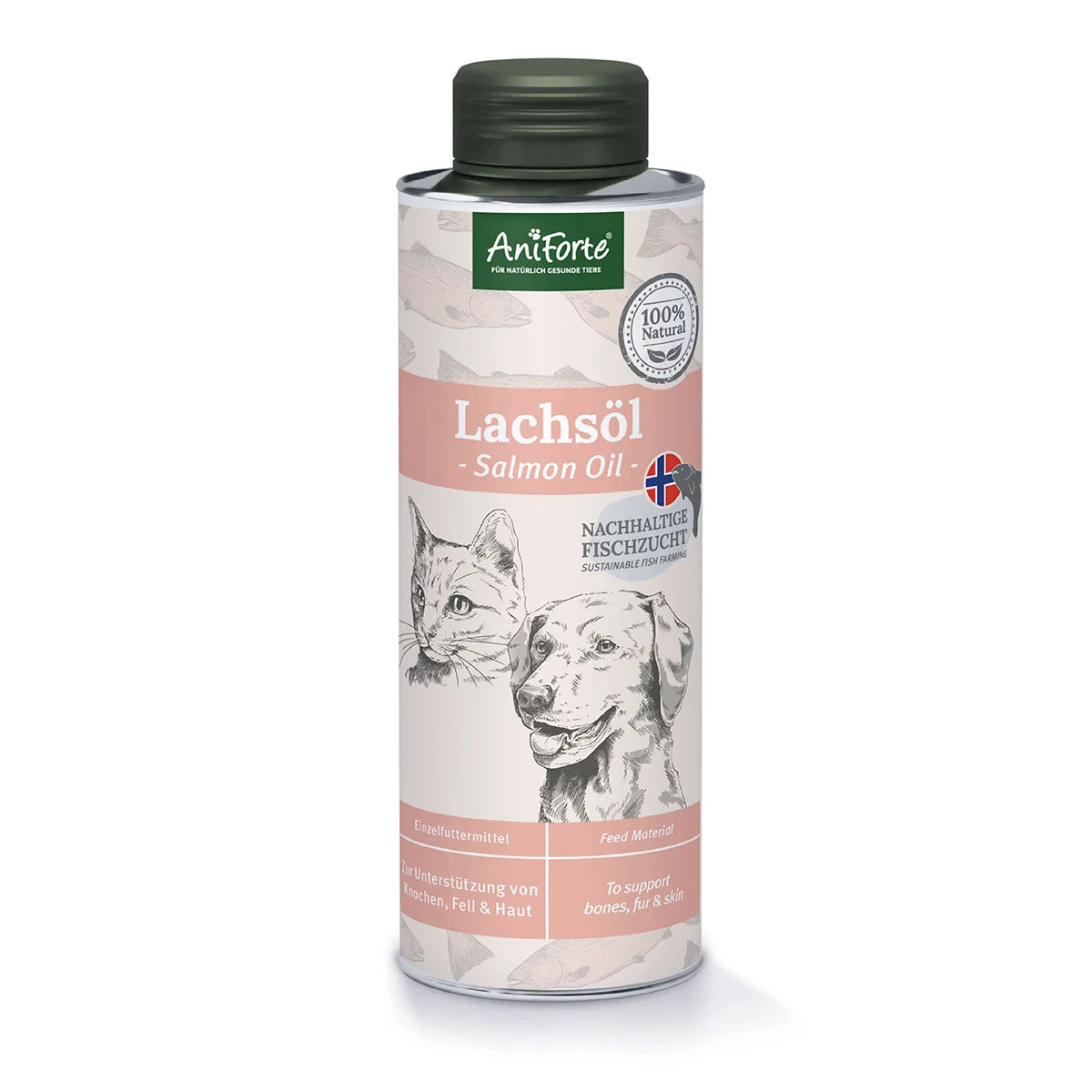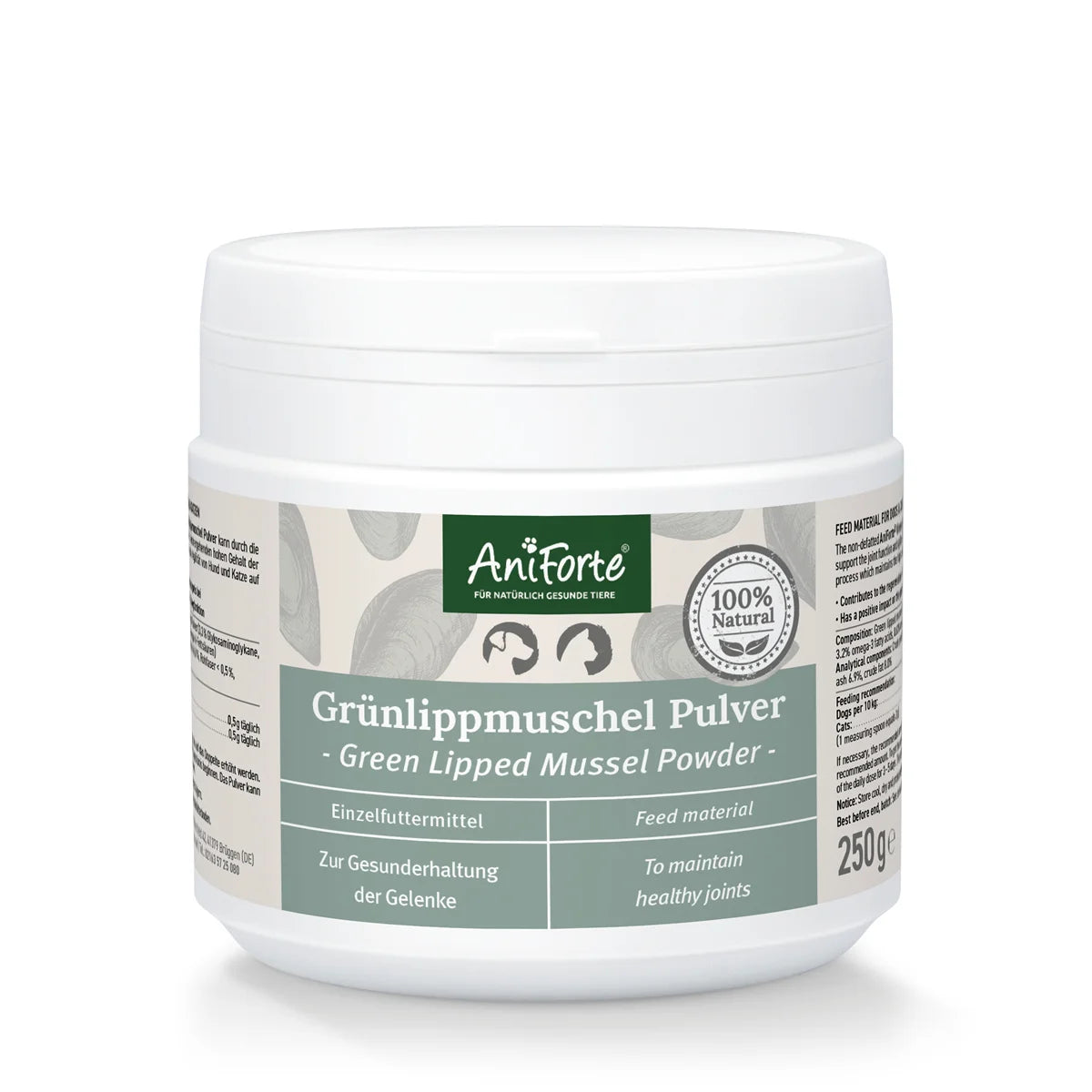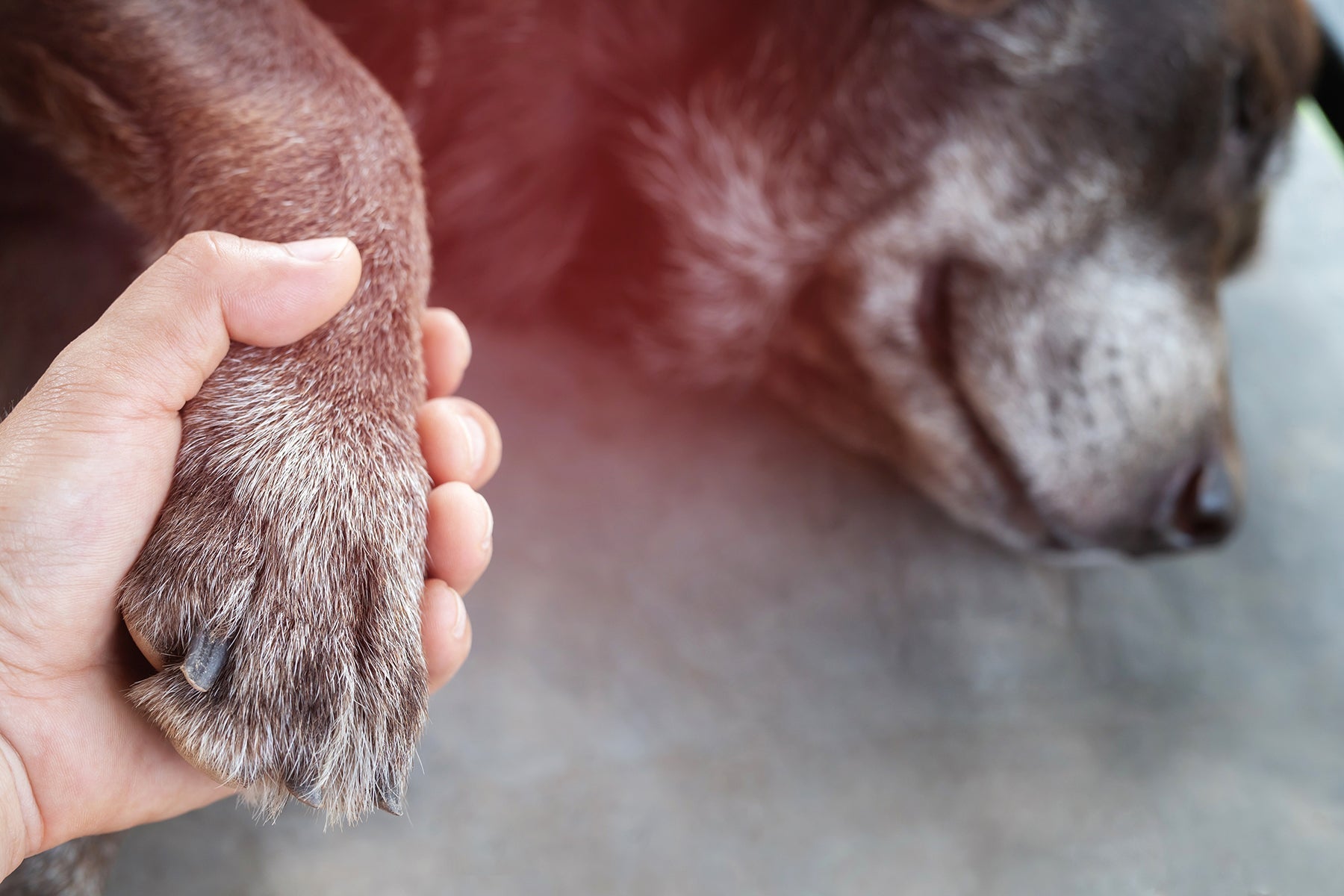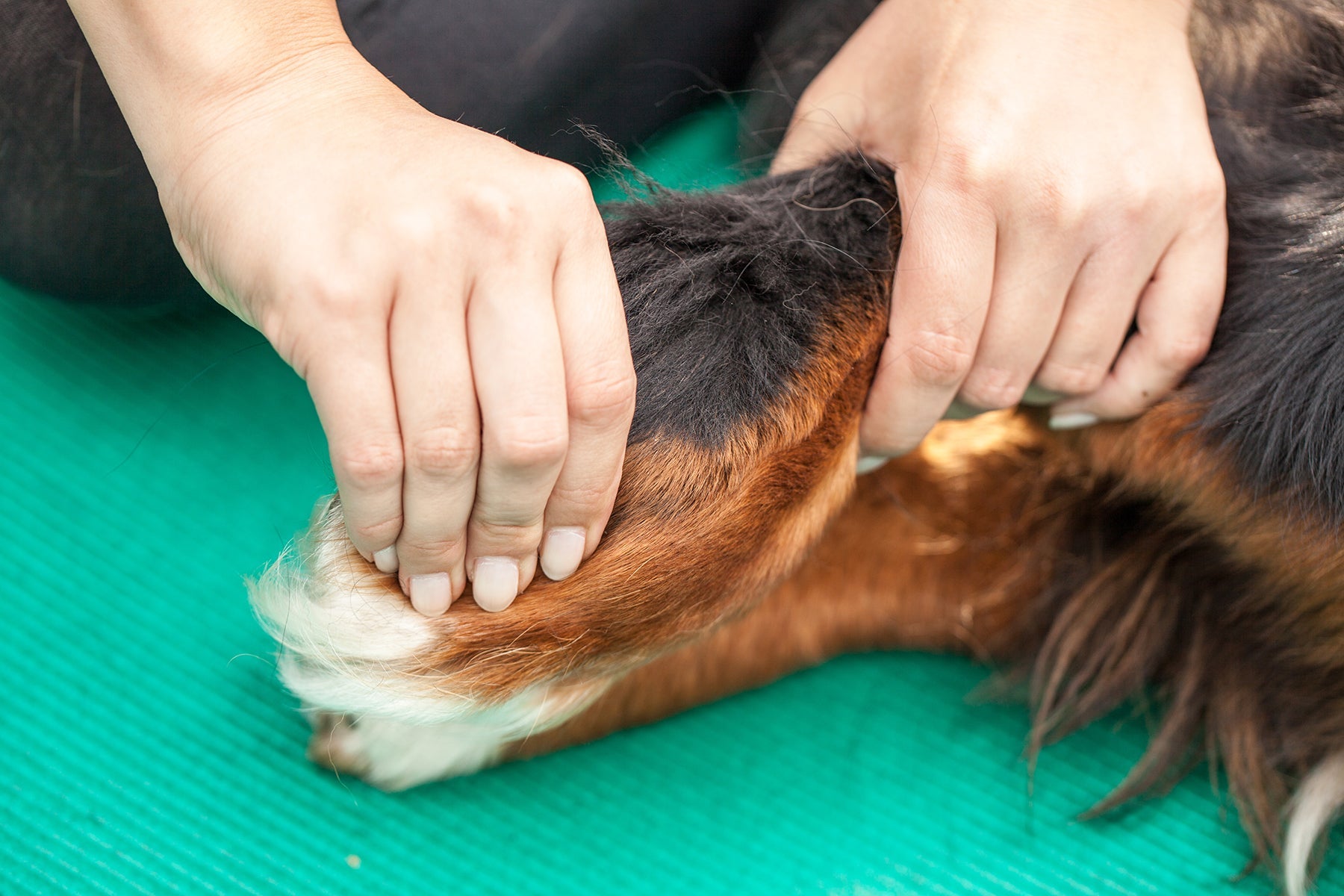Flying with a dog is nothing unusual these days, because many animal lovers consider dogs to be a full family member. They are concerned that their dog might be sad if he is housed at a kennel or left with friends or relatives. If you take your four-legged friend along on your travels, you should inform yourself in advance about the regulations of the various airlines in order to start your vacation together stress-free.
When flying with the dog, there are a few things that need to be arranged in advance. The dog usually has to be vaccinated, he needs a chip and a rabies titer determination. Different countries have varying entry regulations for animals, and this also applies to flying with dogs. Your vet can give you detailed information. Since there are no generally applicable regulations, it is best to find out more on the airline's website. Anything else would be an incalculable risk and you may not be allowed to take your dog with you on the plane. Dog crates must meet certain criteria to ensure that the dog can fly, and some airlines don't even take dogs on board. Proper preparation when you plan an airline trip with your dog is essential.
Register the pet in advance
If you have decided to fly with your dog, you should register your pet with the airline when you book your tickets. A separate, later booking for the dog could pose a risk, because the capacity in the separate transport area is limited to a certain number of animals.
Your dog’s well-being is imperative
When flying with the dog, the focus needs to clearly be on the well-being of pet. If you have procured a proper flight box, put the dog's favourite blanket into it before you start your adventure. It is also helpful to add one of your worn t-shirts to the box. A cuddly toy should also not be missing. All of this can reduce the nervousness of your furry friend during the flight. Let the dog get used to the flight box at an early stage, so that you can alleviate his fear of the transport container. If your dog spends a little time in the crate every day, he will get used to it. If he doesn't want to get in at first, you can put a few snacks in the container to lure him in.
For extremely nervous or anxious animals, it is advisable to give them a calming medication before flying to ensure a stress-free flight. Your vet is the right person to contact in order to avoid undesirable side effects. Veterinarians have a great deal of experience with dog vacations. Natural calming measures can also be helpful.
Transport box regulations
The transport box must meet certain requirements. The dog must be able to sit up, turn around and lie down in the box. In addition, the container must be absolutely escape-proof when flying. Hard plastic or wood are ideal. The box should be protected against leaking with an absorbent pad. Under no circumstances should you put objects with sharp corners or edges that could cause injury into the transport cage. Flight boxes must have air holes for ventilation. In addition, the dog leash belongs in the luggage, not in the transport box.
Small dogs also have the opportunity to fly in the passenger area. Ultimately, it depends on the size of the animal. If the dog fits into a 55 x 40 x 23 cm dog box, it has a good chance of getting into the cabin during the flight. The maximum accepted weight for the cabin dog is eight kilos. However, the animal must remain in the box for the entire flight time, opening the container is strictly prohibited. The box must not be placed on a seat. It is also not possible to book an additional seat.
Specific regulations for fight dogs
When flying with a dog belonging to a fighting dog breed, separate transport regulations apply. One requirement is a specially secured transport cage. Exceptions are puppies under six months of age. The dogs that belong to a fighting dog breed must be indicated on the flight. When flying with the dog, caution should be exercised in short-headed or snub-nosed breeds, as these animals often suffer from shortness of breath in extreme psychological stress. This can lead to suffocation attacks during the flight. Weigh the risks carefully before deciding to fly with your dog.
Cost of flying with the dog
Many airlines allow service dogs to be transported free of charge, otherwise the cost depends on the destination and the airline. If the dog stays with you in the cabin, his fare is as cheap as 10 Euros. Flying the dog in the cargo hold is much more expensive; expect around 300 euros. If you are planning a vacation with your dog and the destination can only be reached by plane, make sure you choose your airline in advance as there are airlines that do not transport dogs at all.






